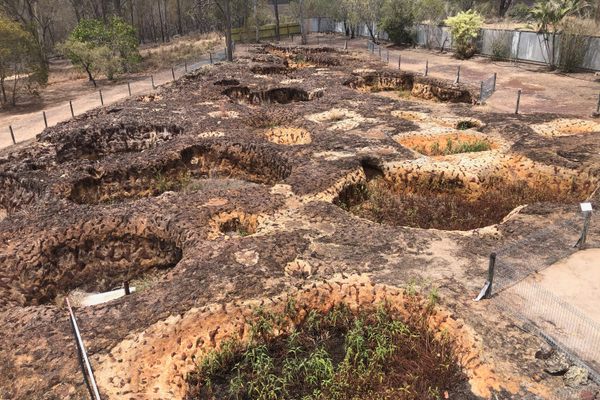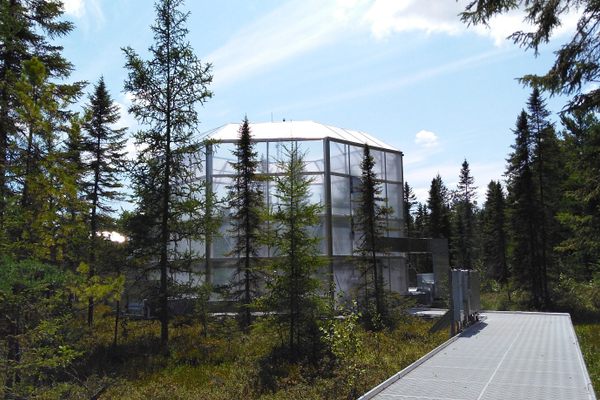The Red Hook Play Center was the last of the 11 pools built by Robert Moses in his early years as park commissioner in the summer of 1936.
The center’s pool replaced the less sanitary floating barge bathhouses prevalent in New York in the early 1900’s. Waterfront residents would take refuge from the heat in the floating pools, which where simply barges with a hole cut in the bottom for swimming in the river water below. Red Hook had been served by a bathhouse barge on the pier at the end of Condover Street, but by the 1930s, the industrial waterways had became too polluted for recreation.
With a total capacity of 49,000 simultaneously swimmers at the 11 locations across the five boroughs, the pool complexes were nationally recognized as exemplary public facilities.
The play center was built three years before the nearby Red Hook Houses, a federal housing development that suffered from budget cuts in the later years of a wave of national public housing construction. It met the demand for an outlet for the delinquent youth of the working class neighborhood, though Robert Moses bemoaned the lack of federal support for recreation areas around the housing complex.
Like the McCarren Pool in Williamsburg, the Red Hook Play Center pool went through a long period of erosion and eventual closing due to the the city’s fiscal crisis and increased crime and tension in the neighborhood. A private donation from developer Sol Goldman in the mid 1980s allowed the Park’s Department to renovate the facility and reopen it to the public in 1991.

















Follow us on Twitter to get the latest on the world's hidden wonders.
Like us on Facebook to get the latest on the world's hidden wonders.
Follow us on Twitter Like us on Facebook